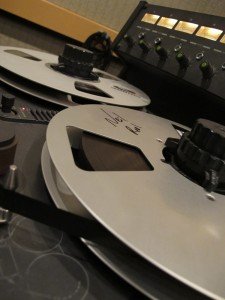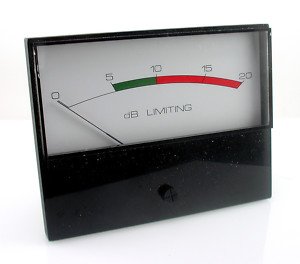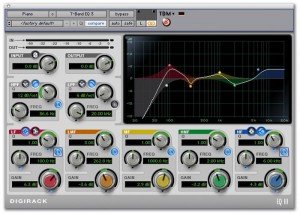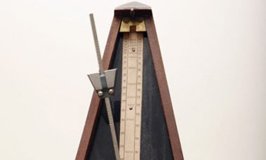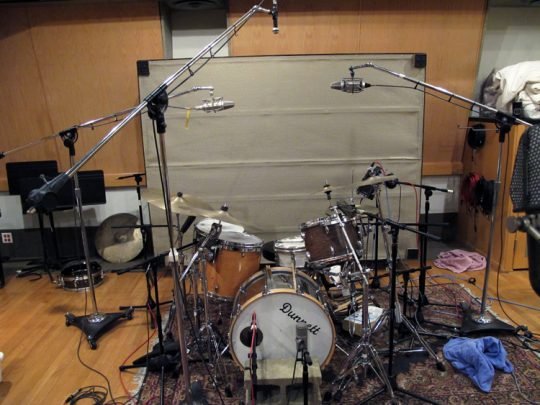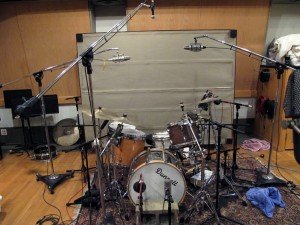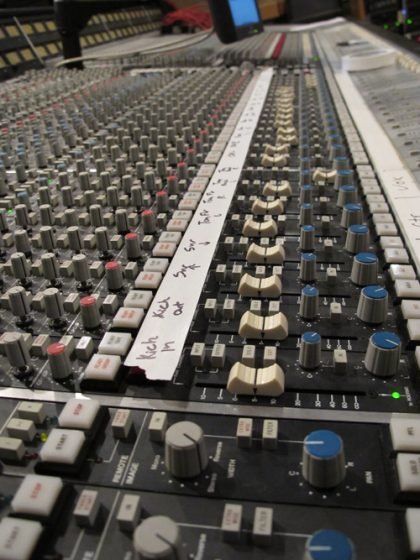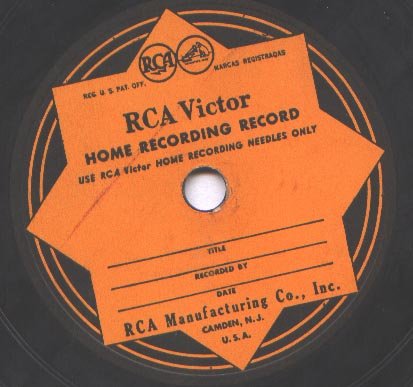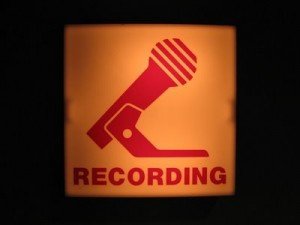
An overview of common microphone design and use in the studio
Since microphones are the literally the first element in the recording chain, they can make or break any recording. Understanding and knowing how to use different microphones is essential knowledge for any serious recording engineer. Although you may not have immediate access to a wide selection microphones, having a working knowledge of general sonic characteristics will come in handy when you are in a situation to use mics that are new to you.
A closer look at the three most common studio recording microphones:
Dynamic
This microphone works on an electromagnetic principle, and features a stiff, thick diaphragm wrapped in a coil of wire. Housed in a magnetic structure, the coils are caused to vibrate by changes in sound pressure – disrupting the magnetic field.
Dynamic mics are extremely tough. Not only can they handle phyisical abuse, but they can also stand up to the loudest sound sources. These mics are many times the go-to choices for kick drums, snares, guitar amps, and bass amps (not to mention live sound as a whole). They are considered to produce a “clean” and “uncolored” but “non-sensitive” sound.
Famous Examples: Shure SM 57/58, ElectroVoice RE-20, AKG d-12, Sennheiser MD421
Ribbon (aka Velocity Microphone)
Also operating on an electromagnetic principle, ribbon microphones feature a very thin aluminium diaphragm placed between two strong magnets. Acoustic pressure from the front or back causes vibrations based on the acoustic waveform. Compared directly to the moving coil of a dynamic mic, the output signal is quite low. This necessitates the use of a dedicated transformer to boost the signal. Ribbon mics are known to respond well to low impedance pre-amps.
Since the aluminum diaphragm is so thin, this is a very fragile design. Way too often, I hear stories of blown ribbons because of super loud sound sources or hot plugging (non grounded application of phantom power). Don’t let this happen to you! Make sure you handle these mics with great care. That being said, ribbon mics were the go-to studio microphones in the late 40s, 50s and early 60s. Many legendary early rock ‘n’ roll records were recorded with nothing but ribbons. Since the ribbon is open to both the front and back of the mic, it picks up sound in a bi-directional (figure 8 ) fashion. Generally, these are described as producing “dark”, “smooth” and “warm” sounds. Experiment with them on guitar amps (moderate levels, of course!), string/reed instruments, and as drum room mics.
Famous Examples: RCA 44/77, Royer 121, Coles 4038
A word on modern ribbon mics: Advances in technology have resulted in much smaller and more efficient ribbon design. With the use of rare earth magnets and filters in the grill, new designs are much less prone to wind damage and can handle louder sound sources. This design results in a hyper-cardiod pick up pattern as opposed to the traditional bi-directional. The Beyer M160 is a classic example of this new design.
Condensor
Unlike the previous two microphone designs, a condensor microphone uses an electrostatic capsule. Basically, two plates are involved. One is stationary (the back), while the other one reacts to changes in sound pressure. In order to properly function, a constant voltage is necessary to polarize the plates. Differences in sound pressure result in voltage differences between these plates. Now acting as a capacitor (storing voltage), the signal is run to a resistor and then amplified. The two most common approaches for amplification are “field effect transistor” (FET) or vacuum tube.
Capsule sizes often vary among condensor mics. You will commonly hear of “large diaphragm” and “small diaphragm” mics. Since this design requires an initial current to polarize the plates and then to amplify the signal, it is necessary to power these microphones. For solid state mics (FET), this is easily accomplished with phantom power, which introduces a constant 48 volt signal. Otherwise, microphones with a tube circuit have their own separate power supplies. Condensor mics are quite versatile, and are ideal studio mics. They are more sensitive than dynamic mics, and respond well to acoustic instruments, vocals, and drum overheads. As a whole their sonic characteristics could be described as “warm, “full” and “bright”.
Famous Examples: Neumann 67 (tube), Neumann 87 (solid state), AKG 414, Blue “Bottle” series
Hopefully this rough guide will help you understand some basic differences between these three mic classifications. Remember, these are merely guidelines and suggestions.There are many other factors to consider (room, playing style, pickup pattern, etc). There are no hard rules when it comes to recording! Use your ears, and don’t forget to experiment.





